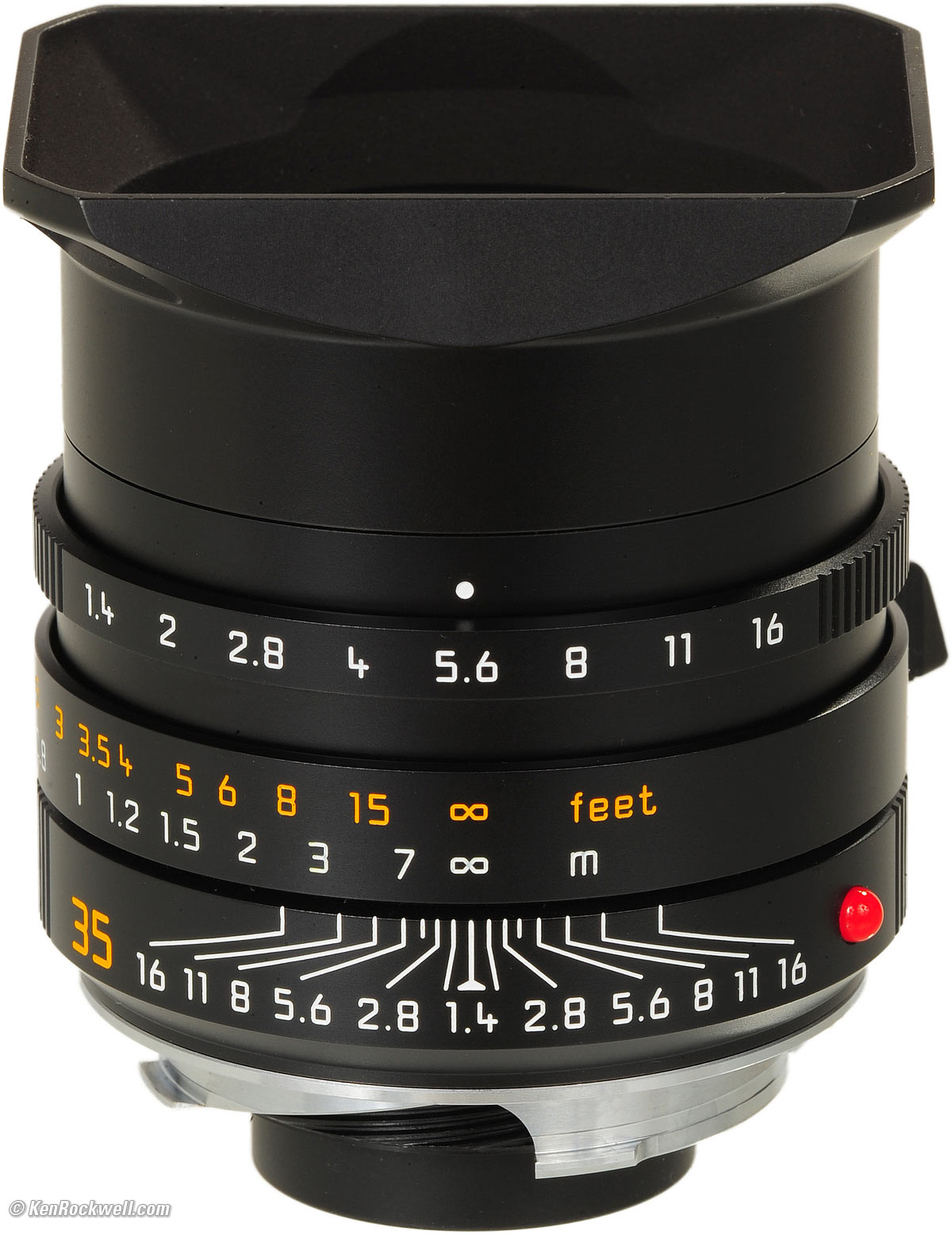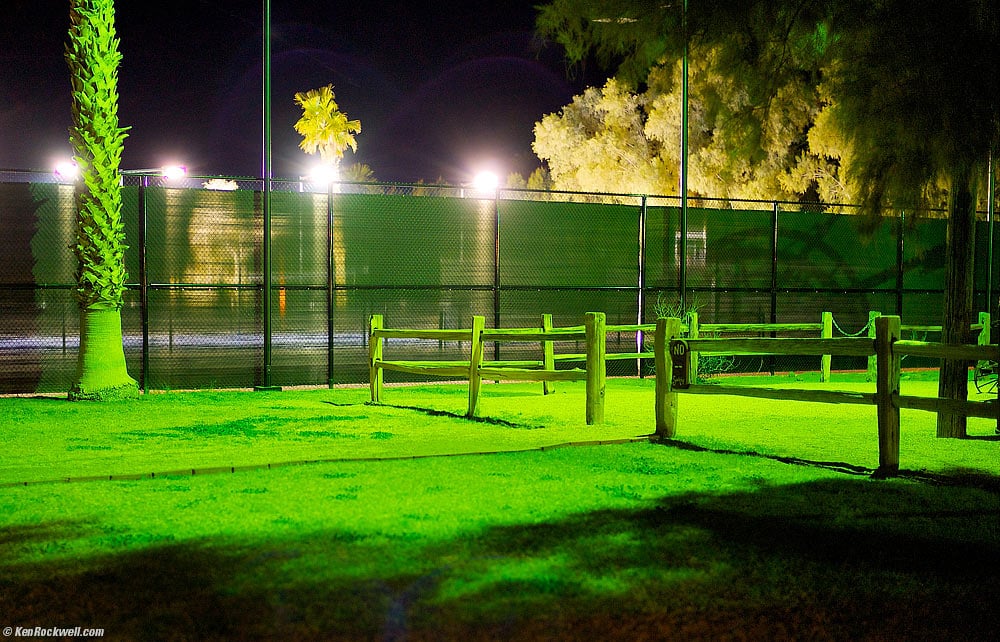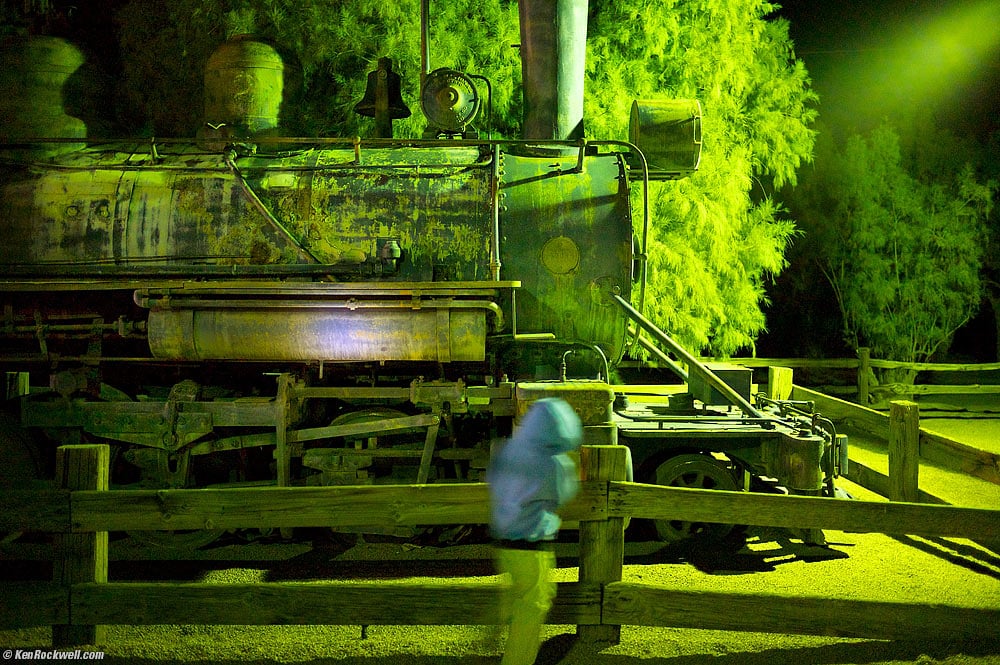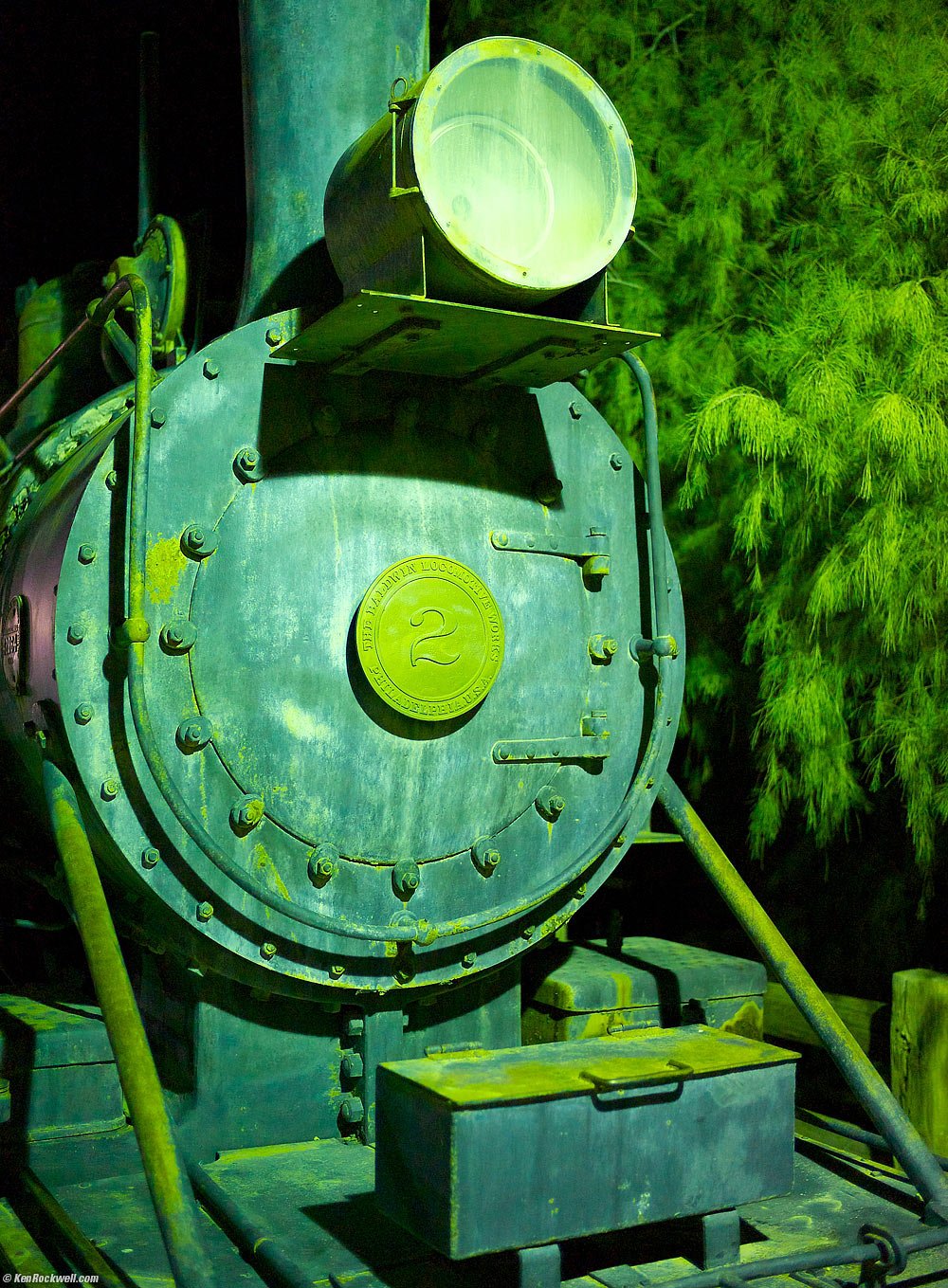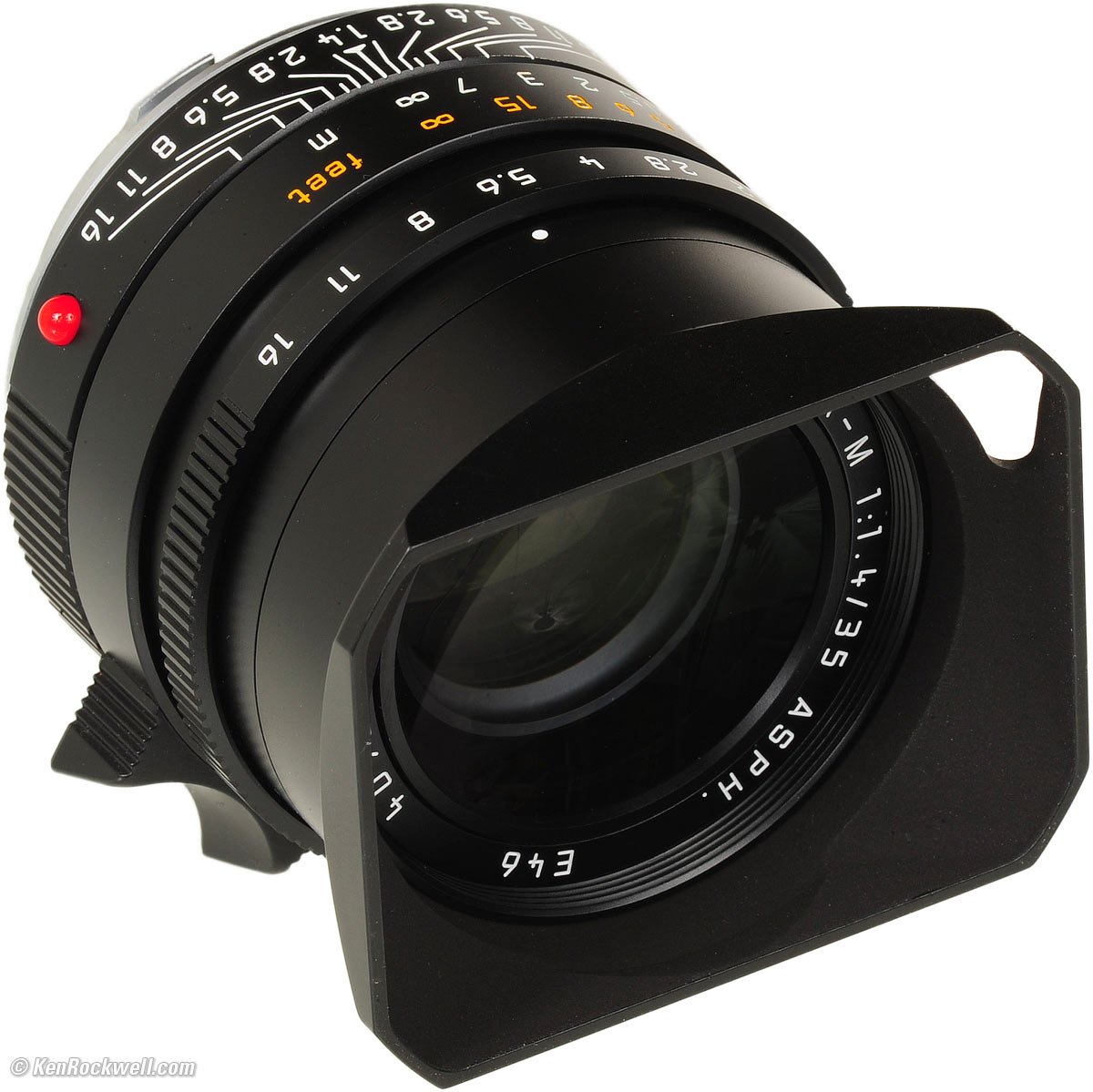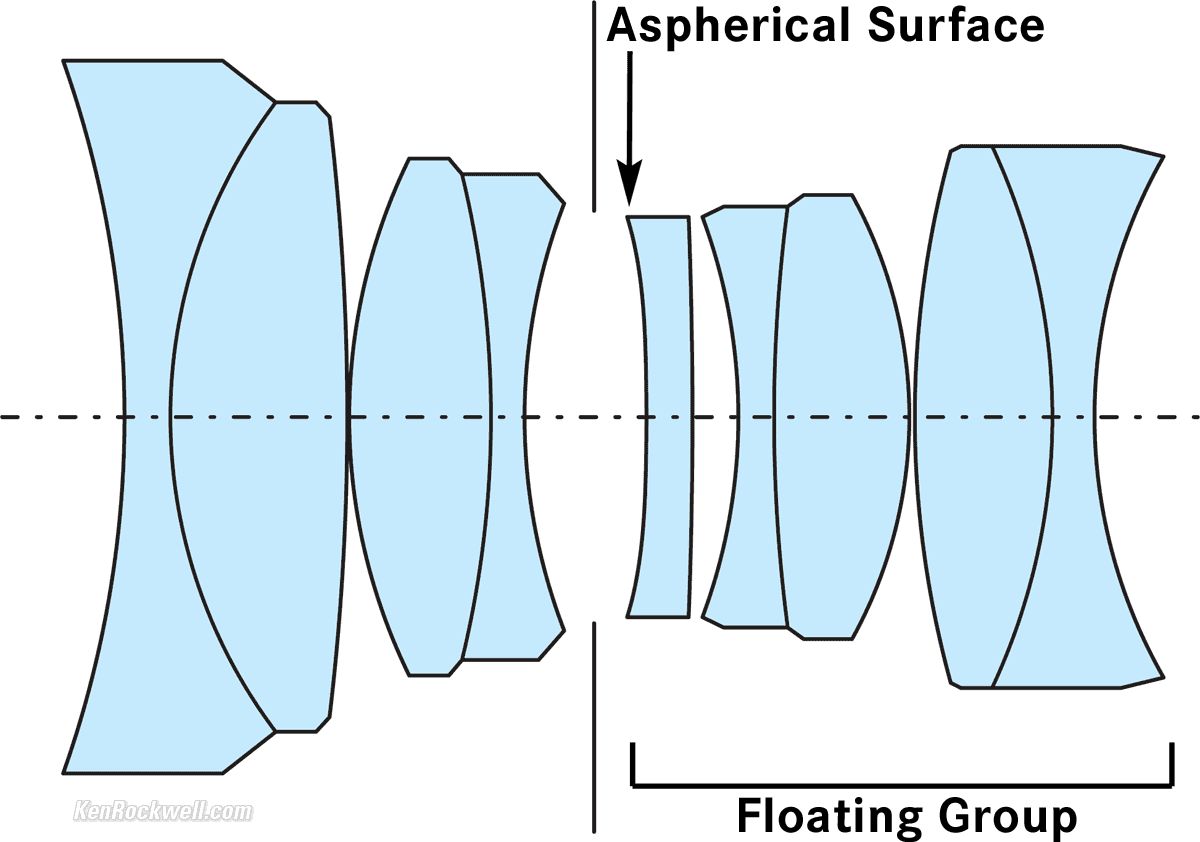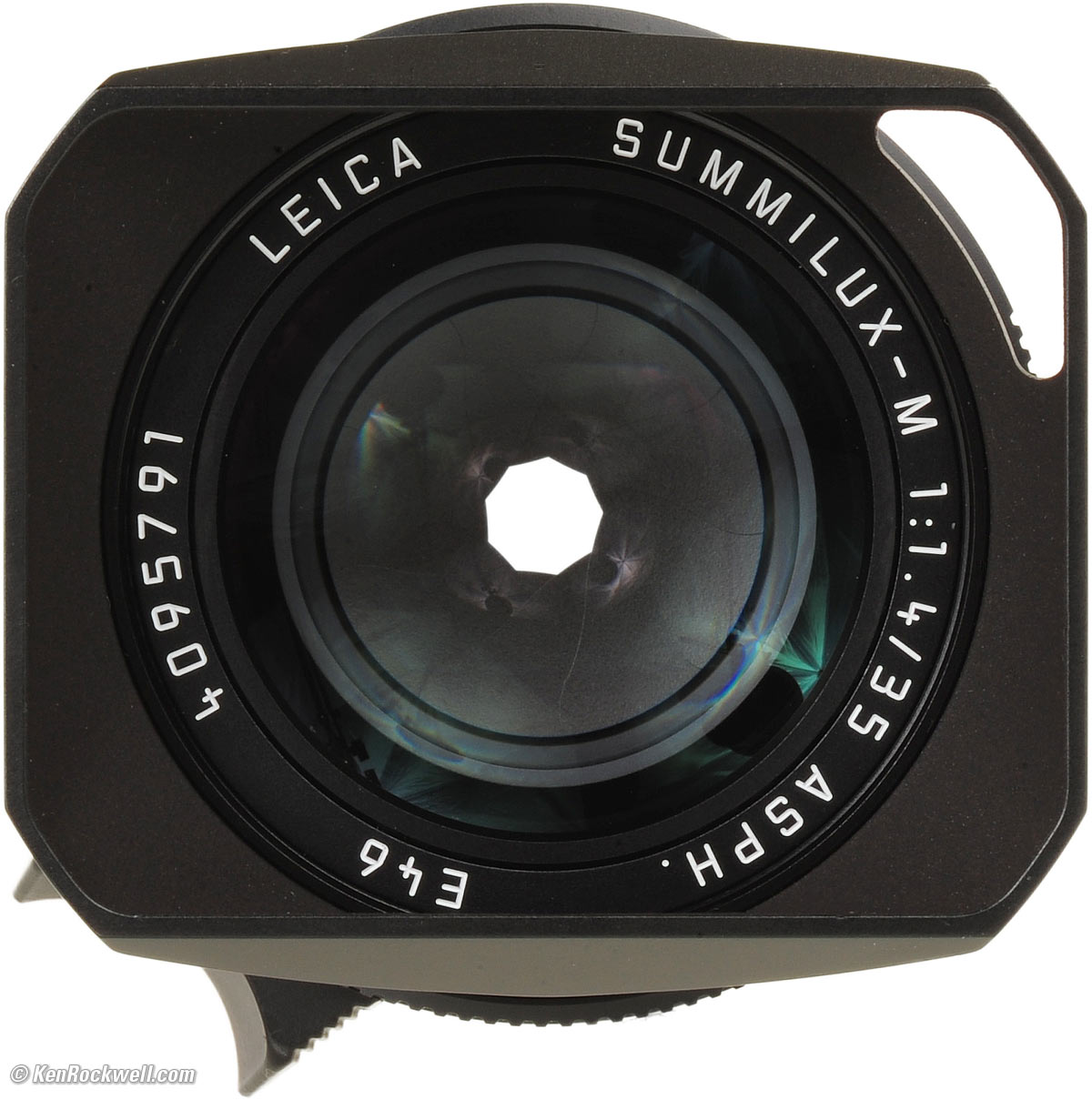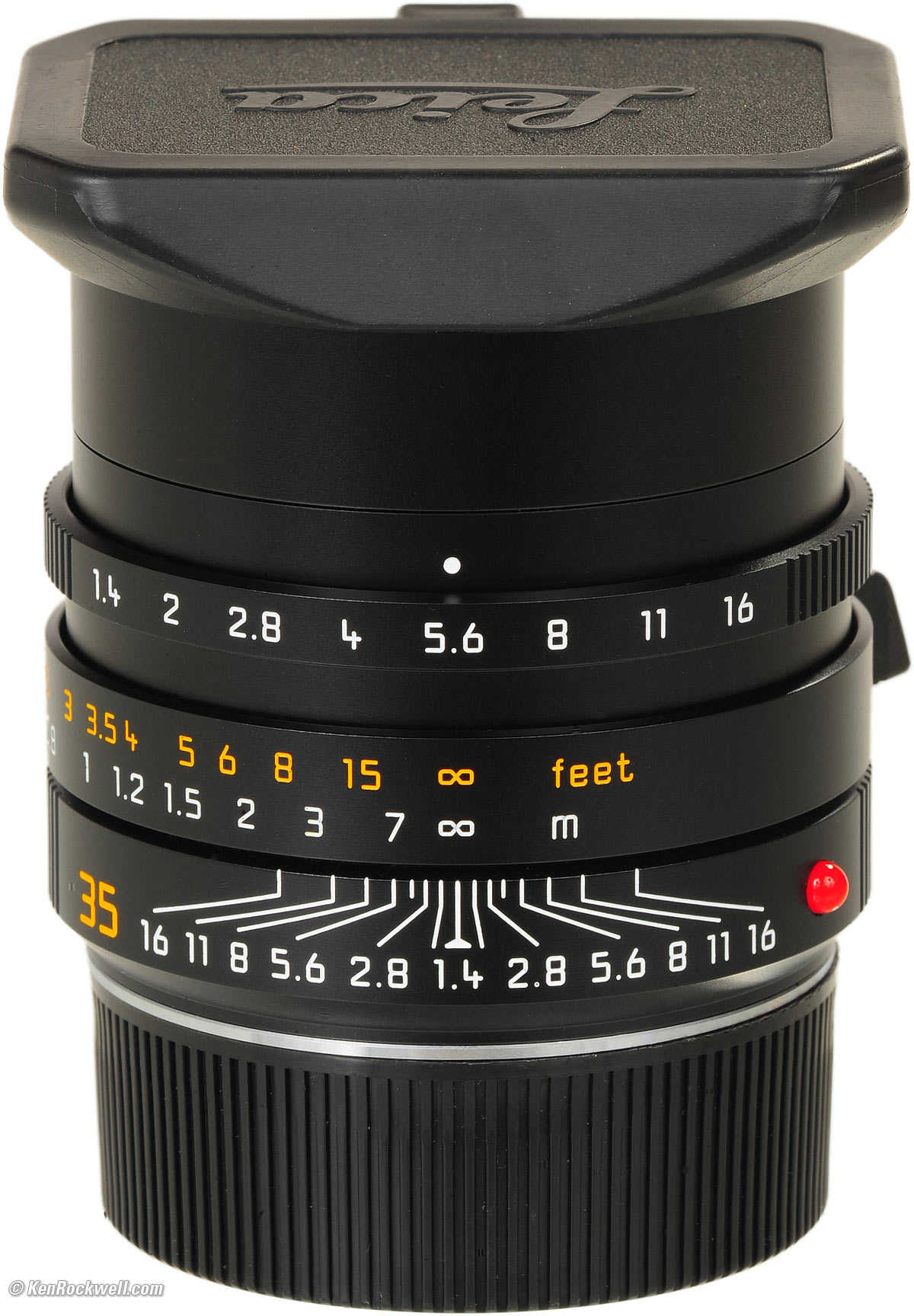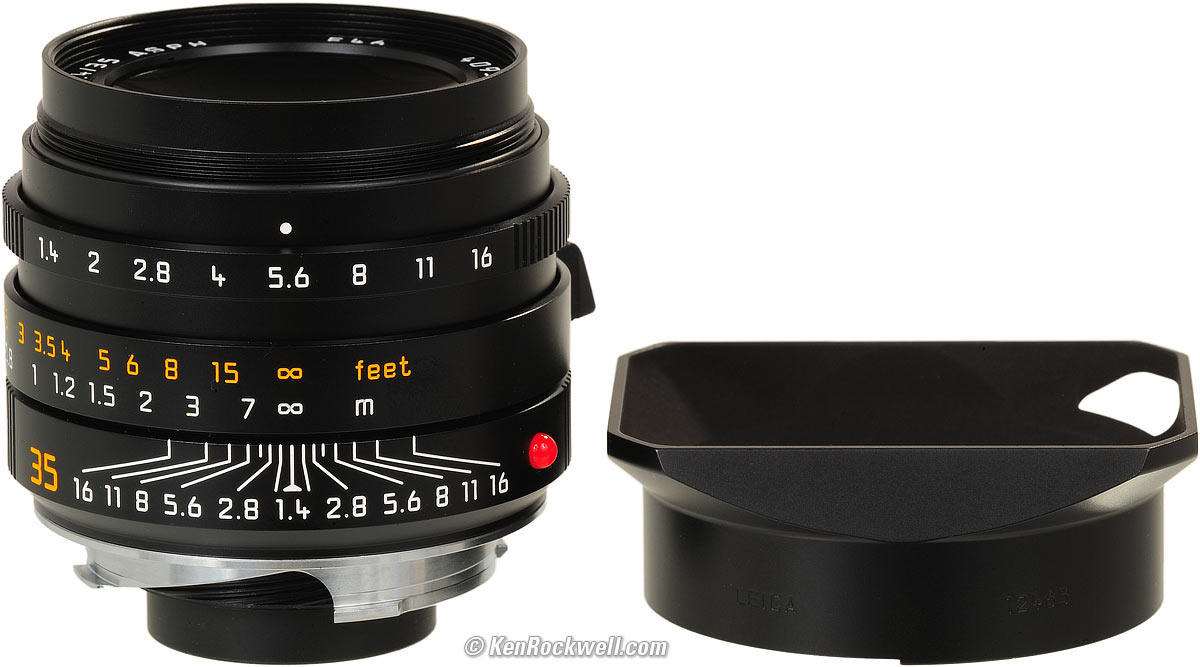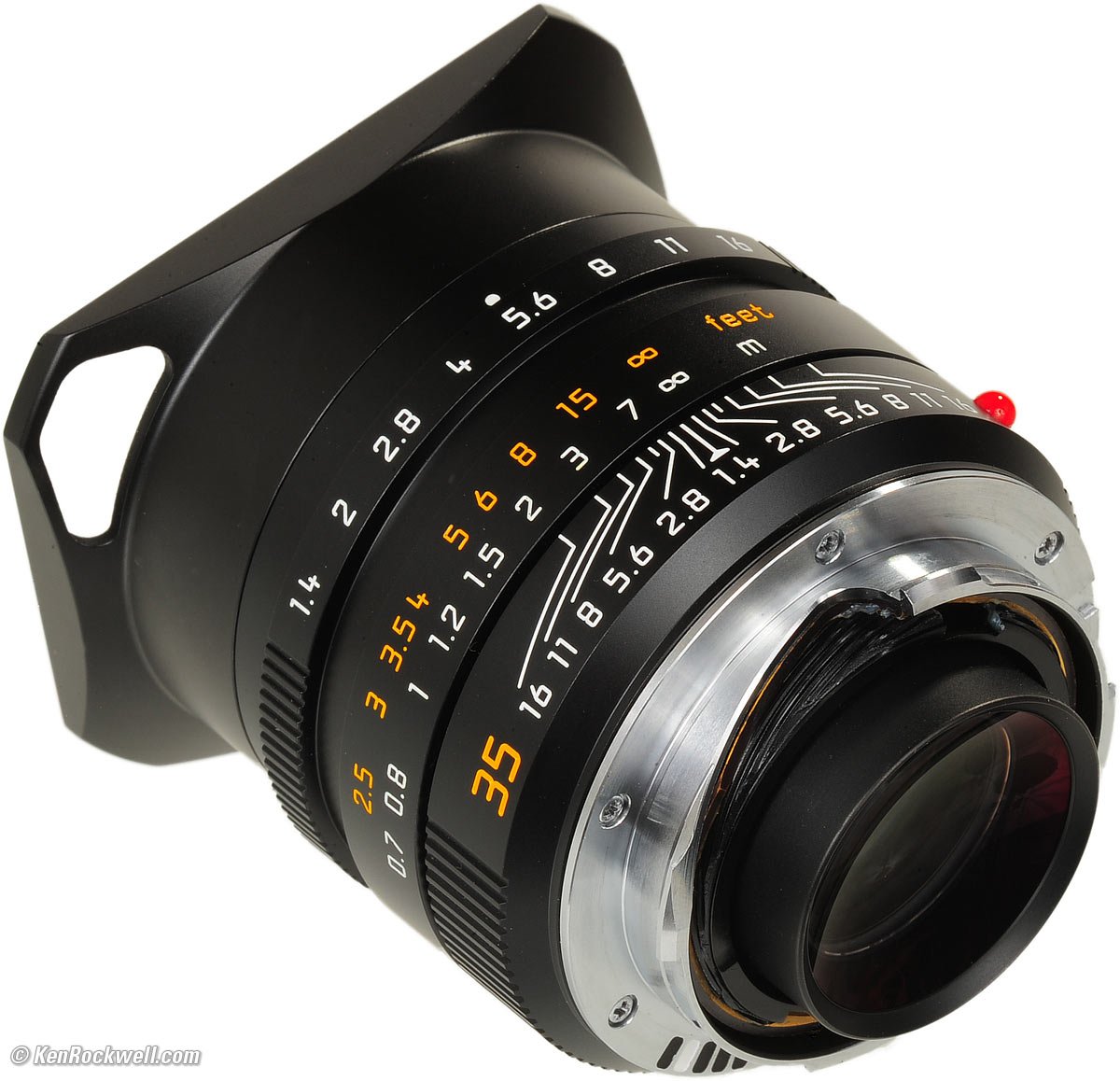LEICA 35mm f/1.4 ASPH
SUMMILUX-M
(Floating Element, 2010-)
World's Best 35mm Lens.
Intro Specs Performance Compared Recommendations
LEICA SUMMILUX-M 35mm f/1.4 ASPH 11 663 (mit Floating Lens Elements "FLE") mit included 12 465 hood (46mm filters, 11.6 oz./328g with hood, $5,995 new or about $4,000 used if you know How to Win at eBay). Vergrößern.
I'd get mine at Amazon, at Adorama, at B&H or at Crutchfield, or used at eBay if you know How to Win at eBay.
This all-content, junk-free website's biggest source of support is when you use those or any of these links to approved sources when you get anything, regardless of the country in which you live. Thanks for helping me help you! Ken.
October 2022 LEICA Reviews LEICA Lenses lesser-brand reviews
Full-resolution sample image (©13MB JPG).
More sample images under Sharpness, and at Yosemite in Winter, February 2011.
See also:
LEICA SUMMILUX-M 35mm f/1.4 ASPH (1994-2010).
LEICA SUMMILUX 35mm f/1.4 (1960-1995).
TTartisan 35mm f/1.4 ASPH (2020-today)
Hand-held sample images at f/1.4
This lens lives to be shot at f/1.4 hand-held. Unlike the foolish NOCTs, which are fairly silly toys for idle rich men with no depth-of-field), the 35/1.4 lenses have always been die Könige der Nacht (Kings of the night). This new lens especially is super-sharp and contrasty shot wide-open, and it still has enough depth of field at f/1.4 to tell the story without losing everything else in the image.
Courts, Furnace Creek Ranch, Death Valley, California 02 February 2013, 7:19 PM. (cropped from 2009 LEICA M9, 2012 LEICA SUMMILUX-M 35mm f/1.4 ASPH (floating element) at f/1.4, hand-held at one second at ISO 160, Perfectly Clear.) bigger.
Ryan and the Baldwin Locomotive, Furnace Creek Ranch,Death Valley, California 02 February 2013, 7:20 PM. (2009 LEICA M9, 2012 LEICA SUMMILUX-M 35mm f/1.4 ASPH (floating element) at f/1.4, ISO 1,600 hand-held at 1/8 of a second.) bigger.
Baldwin Locomotive, Furnace Creek Ranch, Death Valley, California 02 February 2013, 7:22 PM. (2009 LEICA M9, 2012 LEICA SUMMILUX-M 35mm f/1.4 ASPH (floating element) at f/1.4, ISO 1,600 hand-held at 1/24 of a second.) bigger.
Introduction top
Intro Specs Performance Compared Recommendations
The LEICA SUMMILUX-M 35mm f/1.4 ASPH (floating element) is the best 35mm f/1.4 lens ever made.
What is particularly extraordinary is that the previous LEICA SUMMILUX-M 35mm f/1.4 ASPH (1994-2010) was also the world's best, and now this new lens is even better. The previous 35/1.4 ASPH offered such extraordinary performance that I laughed when I heard that LEICA was introducing another "improved" lens; the previous lens was so good that I didn't think it possible to improve.
This new lens adds floating elements to improve performance at all distances. LEICA tells us that the improvements are most noticeable at close distances, which is interesting because I only tested it formally at infinity, and even at infinity it is significantly sharper than the previous LEICA SUMMILUX-M 35mm f/1.4 ASPH (1994-2010).
When I shot the old and new 35/1.4 ASPH lenses directly against each other on a LEICA M9 in DNG at the test range, I was astounded: this new lens, at least under grueling test conditions that can show subtle differences never seen in actual shooting, this new floating-element lens really is sharper than its predecessor!
LEICA is crazy. They take a lens which is the world's unchallenged standard, and then make it better just because they can. Such is LEICA.
Even if you don't appreciate the superior optics (I don't know that I'd ever notice the difference in actual photography), this new lens' ergonomics are significantly improved. The new hood allows easier access to the aperture ring. The aperture ring of the old 35/1.4 ASPH was often difficult to find by feel, hidden under the old hood's lock ring.
This new lens' hood is smaller and made of solid metal, while the older lens uses a larger plastic excrescence. The new hood cap is also smaller, and much more comfortable to drop in my pocket compared to the old, deeper hood cap.
This new hood is a dream: it screws-on with a flick, and stops and locks-down solidly at exactly the correct angle. The old lens had a bogus semi-bayonet semi-plastic hood that was a bear to attach and remove to change filters, while filter changes are a breeze with this new lens.
The new hood is too small to do anything significant to keep stray light out of the lens; its purpose is to keep your finger off the lens and prevent the front element from physical damage. Even without a hood, the LEICA SUMMILUX-M 35mm f/1.4 ASPH (floating element) has no problem with flare.
I'd get my SUMMILUX-M 35/1.4 ASPH FLE at Adorama, at B&H or at Amazon, or used at eBay if you know How to Win at eBay.
Compatibility top
This LEICA SUMMILUX-M 35mm f/1.4 ASPH (floating element) works perfectly on every LEICA M camera, from the LEICA M3 of 1954 through today's LEICA M7, LEICA MP and LEICA M9.
All versions include the six black-and-white spots on the mount for automatic identification by the LEICA M9-P, M9 and old M8.
LEICA makes no premium version of this new lens with finder optimization optics for the LEICA M3, therefore one must use an external finder like the VIOOH, or any dedicated 35mm finder. For my M3, I prefer my 8-element SUMMICRON, which does come in a premium version with special optics to optimize the superior finder of the LEICA M3.
You're out of luck for screw-mount cameras like the LEICA IIIf.
LEICA SUMMILUX-M 35mm f/1.4 ASPH (floating element). Vergrößern.
Specifications top
Intro Specs Performance Recommendations
I'd get my SUMMILUX-M 35/1.4 ASPH FLE at Adorama, at B&H or at Amazon, or used at eBay if you know How to Win at eBay.
Name
Leica calls this the LEICA SUMMILUX-M 35mm f/1.4 ASPH, number 11 663. It has floating elements, unlike its predecessor, number 11 874.
It is also called the neue (new) LEICA SUMMILUX-M 35mm f/1.4 ASPH.
Since it has the same name engraved into it as the previous lens, and LEICA has no different formal name for it, laymen will be creating all sorts of street names for it, like FLE (floating lens element), FE (floating element), Version 2 or Version 3, or whatever. This is funny, because it has no floating element: the entire rear unit floats together as a unit!
Optik top
LEICA SUMMILUX-M 35mm f/1.4 ASPH (floating element) diagram. Vergrößern.
9 elements in 5 groups.
One aspheric surface.
Rear 5-element section moves as a unit relative to the front 4-element unit as focused.
It's not really a floating element; it's a floating rear section.
Actual Focal Length top
35.6mm, the same as LEICA's other 35mm lenses.
Diaphragm top
LEICA SUMMILUX-M 35mm f/1.4 ASPH (floating element), at f/5.6. Vergrößern.
9 blades.
It stops down to f/16 with half-stop clicks.
Close Focus
0.7 meters or 2.5 feet, marked.
It focuses a bit more closely.
Maximum Reproduction Ratio
1:17.4.
Minimum Field Size
418 x 626mm.
Filters
46mm.
Filters screw to the front of the lens in the usual way, but you must remove the hood first.
The hood screws over your filter rather precisely.
There is enough room for most filters, but some out-of-religion (non-LEICA) 46mm filters may have an outside diameter a hair too big to allow the hood to screw-on over it.
I found that all the LEICA filters I tried fit fine, as did all the 46mm Hoya filters.
Only some B+W filters allowed the hood to attach over them, while other B+W filters were too large to allow this.
CONTAX 46mm filters for the CONTAX G System won't allow the hood to attach; their outside diameter is too large.
Size top
56mm diameter by 58mm long, with hood (46mm long without hood).
Weight top
11.560 oz. (327.7g), measured with hood.
10.990 oz. (311.55g), measured without hood and without front thread protector
11.3 oz. (320g) as specified by LEICA.
Caps top
LEICA 35mm f/1.4 ASPH (floating element) with hood and caps. Vergrößern.
The supplied 14 212 hood cap slips over the front of the hood. It is the same cap as used by the LEICA SUPER-ELMAR-M 21mm f/3.4 ASPH and LEICA TRI-ELMAR-M 16-18-21mm f/4 ASPH. It costs $27 if replaced.
In a lower compartment of the included leather case lies a separate conventional flat 46mm snap front cap 14 231.
The rear cap was the standard 14 269 M rear cap, which costs $30 if bought separately.
NEU: As of late 2011, LEICA has introduced its first new rear cap in decades, the 14 379 rear M cap. It is different from the 14 269 M rear cap. The new 14 379 rear cap is made of hard PC/ABS plastic, so instead of of the silent stealth of the softer plastic 14 269, the new 14 379 rattles in your pocket just like Nikon's noisy rear caps. THe new cap also has a big black "Leica" script logo, while the previous 14 269 was blank, only saying LEICA on the inside.
Hood top
LEICA 35mm f/1.4 ASPH (floating element) and 12 465 hood. Vergrößern.
The stunningly precise metal hood is part number 12 465.
It screws on. See the little kink at the bottom of the hood? That's LEICA's patented device to ensure that it stops solid at exactly the right angle when attached.
It spins freely for most of its travel, and gets a bit stiffer for the last 30º of rotation as it lands home. This keeps it from vibrating loose.
I have seen a prophylactic ring used to cover the exposed threads when the hood is removed, for instance, for use with grads or polarizing filters. I didn't get one with this sample of borrowed lens.
Part Numbers top
Lens, complete with leather case, hood, paperwork and caps: Verk. Nr. 11 663.
Hood: 12 465, included.
Front hood cap: 14 212, included.
Front 46mm flat cap for use without hood: 14 231, included.
Rear cap: 14 379, included, (new, was 14 269 previously.)
Silver Box: 439-670.002-003
Quality top
MADE IN GERMANY.
Price, USA top
$5,995 new or about $4,000 used if you know How to Win at eBay, October 2022.
$5,995 new or about $4,000 used if you know How to Win at eBay, September 2021.
$5,995 new or about $4,000 used if you know How to Win at eBay, August 2021.
$5,895, February 2020.
$4,995, March 2017.
$5,000, but hard to get at this price, January 2013.
Performance top
Intro Specs Performance Compared Recommendations
Overall Bokeh Coma Distortion Ergonomics Falloff Finder Blockage
Flare and Ghosts Focus Lateral Color Mechanics
Sharpness Spherochromatism Sunstars
I'd get my SUMMILUX-M 35/1.4 ASPH FLE at Adorama, at B&H or at Amazon, or used at eBay if you know How to Win at eBay.
Overall performance top
This LEICA SUMMILUX-M 35/1.4 ASPH (moving element group) is a landmark lens, optically and mechanically. It is the only 35mm lens one will ever need, offering practical optical perfection, and ergonomic brilliance.
Bokeh performance top
Bokeh, the character of out of focus backgrounds, not simply how far out of focus they are, is better than expected.
Backgrounds are usually undistracting. If you deliberately put point light sources in your backgrounds, they can get a little donutty at f/1.4, but in actual use, bokeh is usually nice.
Nothing ever gets that far out of focus with any 35mm lens. If you want soft backgrounds for portraits, any 50mm f/2 or 90mm f/2.8 works much better. Focal length has a greater effect on defocus than f/stop.
Coma performance top
Coma, which is when points of light in the corners get blurred like batwings, is almost nonexistent. This is worlds away from Leica's first SUMMILUX 35mm of 1960, and is a non-issue today.
Sacramento, California. full-resolution JPG from DNG (5 MB).
Shot with this SUMMILUX 35mm at f/1.4, 1/6 second on an M9 at ISO 160, hand-held, braced against window.
Have a look at full-resolution JPG from DNG and look the red lights on the tower on the left. See how they are rendered as almost perfect points? This is extraordinary performance.
This all goes away by f/2; the points go from almost perfect to completely perfect. Other lenses just can't do this.
Distortion performance top
The LEICA SUMMILUX-M 35mm f/1.4 ASPH (floating element) has no visible distortion.
If you go out of your way to photograph grids, there is some central bulging (barrel) distortion, but you're not likely to see anything unless you're on a 30" monitor and dropping rulers on it.
In actual photography of straight lines, the distortion is invisible.
This minimal distortion can be corrected for more critical use by plugging these figures into Photoshop's lens distortion filter. These aren't facts or specifications, they are the results of my research that requires hours of photography and calculations on the resulting data.
Correct with |
|
∞ |
+1.2* |
10' (3m) |
+0.5* |
© 2011 KenRockwell.com. All rights reserved.
* slight waviness remains.
Ergonomics performance top
LEICA SUMMILUX-M 35mm f/1.4 ASPH (floating element). Vergrößern.
Ergonomics are perfect. They are significantly better than the previous LEICA SUMMILUX-M 35mm f/1.4 ASPH (1994-2010).
The focus is stiffer than other LEICA lenses because there are now two internal optical units being moved as focused. This is how we get an optical group to move differently from the other to keep the lens optimized at all distances. It's stiffer than expected by the fingers of the LEICA virtuoso, but still smooth.
The solid, precise metal hood is a dream to spin on and off. It's the main reason most people will want this lens to replace the older model.
The front cap is smaller and more comfortable to carry in a pocket than the front cap of the previous lens.
Because the hood no longer gets in the way, it is much more pleasant to set the aperture than it was on the original SUMMILUX-M ASPH.
LEICA thinks of everything: if you forget and leave on your front cap, you'll notice this as you sight through the finder because the top-left hood cutout will be black, instead of open.
Falloff (darker corners) performance top
The LEICA 35mm f/1.4 ASPH (floating element) SUMMILUX-M has some slightly visible falloff at f/1.4, and none as stopped down
Used on the LEICA M9 with lens identification and correction set to AUTO, there isn't any significant falloff.
You can see samples under sharpness, which were shot with the lens profile active.
In conditions under which one actually uses f/1.4, this falloff is helpful for subject isolation.
I've greatly emphasized it below by shooting a gray field and presenting it against another gray field.
Falloff on M9 at infinity, no lens profile:
© 2011 KenRockwell.com. All rights reserved.
Falloff on M9 at infinity, automatically-selected lens profile:
© 2011 KenRockwell.com. All rights reserved.
|
Finder Blockage performance top
Oddly, with a smaller hood, finder blockage is about the same as with the older SUMMILUX-M ASPH.
A portion of the bottom right of the image is blocked.
If this is annoying, choose the LEICA SUMMICRON-M 35mm f/2 ASPH or a shoe-mounted finder instead.
Flare and Ghosts performance top
Flare and ghosts aren't a problem.
I never saw any flare.
If the sun or other blinding source of light is in the image, there can be a dim rainbow-like band opposite the light source. You'll only get this in extreme circumstances where you'll be expecting it; for every other use, including cityscapes at night, there are no ghosts.
Better still, I see no change in ghost performance when used with a LEICA 13 004 46mm UVa filter.
Focus performance top
Focus accuracy is a personal issue between your sample of body and your sample of lens. No two samples match if you start looking too hard; this is a limitation of the mechanical technology.
This said, one press loaner from LEICA in April 2011 focused just a bit beyond my subject when used with my sample of 2009 LEICA M9. I only noticed it when performing deliberate tests at f/1.4 and at f/4. As rangefinder shooters know, it's easy to compensate for this manually as you shoot, if it matters.
I never noticed it in any real shooting. 35mm lenses are easy to focus with rangefinder cameras, 90mm lenses have all the problems.
The second brand-new sample I tried in October, 2011, is perfect.
Lateral Color Fringes performance top
There are no color fringes as shot on a LEICA M9.
Color fringes, if there were any, would be even less visible on film, they are lost in the grain.
Materials and Construction performance top
This New SUMMILUX-M ASPH is the standard against which other lenses are judged.
It's all black-anodized aluminum, with brass focus helicoids and mount, a solid aluminum threaded hood, and a red plastic index ball.
All markings are engraved and filled with paint.
Rear, LEICA SUMMILUX-M 35mm f/1.4 ASPH (floating element). Vergrößern.
Sharpness performance top
The more you know about photography, the more you know that lens sharpness doesn't matter.
This said, this is the sharpest 35mm lens I've ever tested. It is even sharper in the center than the previous lens at all apertures, and sharper in the corners at large apertures.
Shot on a LEICA M9 in DNG, it's scary sharp even at f/1.4. The corners are sharp at f/1.4, with just a tiny bit of coma.
The farthest corners improve a little at f/2, and much more at f2.8 and f/4. They are perfect by f/5.6.
No other lens is this good. I'm analyzing the tiniest of details under rare test conditions where something is in perfect focus in the corners.
In actual photography, shoot at f/1.4 if you need it. It's just as sharp as stopped down.
Route 99, California. full-resolution JPG from DNG (13MB).
The color fringes aren't color fringes; they are aliases precisely because this lens is so sharp! I made this shot pointed out the window of my idling motorcar; the LEICA photographer waits for no one.
Yosemite Valley, f/1.4. full-resolution JPG from DNG (10MB).
This lens is sharper at f/1.4 than many lenses ever get. Remember, the tree on the left is out-of-focus.
Yosemite Valley, f/4. full-resolution JPG from DNG (12MB).
Any color fringes you see are aliases excited by this lens' insane sharpness, or spherochromatism excited by a subject being slightly out-of-focus, not from lateral chromatic aberration. This is a real, 3D subject, so very little is in perfect focus, and I suspect this well-worn press sample was a few microns out of adjustment.
Spherochromatism performance top
Slight spherochromatism is present in the LEICA SUMMILUX-M 35mm f/1.4 ASPH (floating element).
Spherochromatism, mistakenly called "color bokeh" by laymen, is when out-of-focus highlights take on colored fringes, usually green and magenta.
In the SUMMILUX-M ASPH (floating element), out-of-focus background highlights may take on slight green fringes, and out-of-focus foreground highlights may take on slight magenta fringes.
This is normal, and a common effect seen in fast lenses at large apertures. If you notice it, you're looking too hard and not taking pictures. Lighten up!
Oddly, the 1940s LEICA SUMMITAR is immune from this. Go figure.
Sunstars performance top
Route 99, California. full-resolution JPG from DNG (13MB).
The SUMMILUX' 9-bladed diaphragm creates fantastic 18-pointed sunstars on brilliant points of light.
Compared top
Intro Specs Performance Compared Recommendations
I'd get my SUMMILUX-M 35/1.4 ASPH FLE at Adorama, at B&H or at Amazon, or used at eBay if you know How to Win at eBay.
No 35/1.4 lens has better optics than this new SUMMILUX-M ASPH FLE.
I've made many comparisons to the previous model 35/1.4 ASPH throughout this review. It is very similar to this new floating-element lens in most ways, while this new lens really is slightly sharper and ergonomically much more pleasant. They are the same size and weight.
Any 35mm SUMMICRON is smaller and lighter, and blocks the viewfinder less. Personally, I prefer a SUMMILUX because I'm always shooing something at f/1.4 when the light dies. A 35mm f/1.4 is my go-to lens for hand-held shots in low light.
For people on a budget, shoot Canon, but if you're shooting LEICA on a budget, by all means, any 35mm SUMMICRON does 95% of what a SUMMILUX does.
The best SLR 35/1.4 lens is Nikon's newest 35mm f/1.4 G which might be as sharp (they each work in different systems, and film is too grainy to see the difference for a direct comparison), but the new Nikon lens is a big, heavy almost all-plastic thing on which I wouldn't spend my hard-earned American dollars.
Recommendations top
Intro Specs Performance Compared Recommendations
I'd get my SUMMILUX-M 35/1.4 ASPH FLE at Adorama, at B&H or at Amazon, or used at eBay if you know How to Win at eBay.
This new SUMMILUX-M 35mm f/1.4 ASPH FLE is superior to the previous version, both optically and ergonomically. Honestly, it's superior to every other 35mm f/1.4 lens. This lens is a winner in every way.
If you shoot LEICA, you deserve this lens. Unlike camera bodies, which only go down in resale value, an investment in the right lens only appreciates with time. The smart money is always in lenses.
If you own an M9, you certainly can afford this lens. Your M9 is already depreciating by thousands of dollars, as does every digital camera, while this lens is only going up in price. If you have $7,000 to throw at an expendable body, you certainly have $5,000 to invest in the very best lens that will provide a lifetime of extraordinary images.
If you're short on cash, I have no idea why you'd be reading a LEICA review, but yes, use any old LEICA 35mm lens and you'll get the same images. 99% of a photograph is the photographer, and less than 1% has anything to do with his equipment.
If you shoot LEICA, you need this lens. Even though the original SUMMILUX-M ASPH is astounding, if you count every pixel, this new version adds a tiny bit of sharpness. You'd never notice it on film or for most subject, but for may landscapes, its nice to have.
THe real reason to update to this lens from the original SUMMILUX-M ASPH isn't optics; it's because the ergonomics of this new lens are more convenient.
See also How to Afford Anything.
I'd get mine at Adorama, at B&H or at Amazon, or used at eBay if you know How to Win at eBay.
This all-content, junk-free website's biggest source of support is when you use those or any of these links to approved sources when you get anything, regardless of the country in which you live. Thanks for helping me help you! Ken.
Thanks!
Ken.
© Ken Rockwell. All rights reserved. Tous droits réservés. Alle Rechte vorbehalten.
Help Me Help You
I support my growing family through this website, as crazy as it might seem.
The biggest help is when you use any of these links when you get anything. It costs you nothing, and is this site's, and thus my family's, biggest source of support. These places always have the best prices and service, which is why I've used them since before this website existed. I recommend them all personally.
If you find this page as helpful as a book you might have had to buy or a workshop you may have had to take, feel free to help me continue helping everyone.
If you've gotten your gear through one of my links or helped otherwise, you're family. It's great people like you who allow me to keep adding to this site full-time. Thanks!
If you haven't helped yet, please do, and consider helping me with a gift of $5.00.
As this page is copyrighted and formally registered, it is unlawful to make copies, especially in the form of printouts for personal use. If you wish to make a printout for personal use, you are granted one-time permission only if you PayPal me $5.00 per printout or part thereof. Thank you!
Thanks for reading!
Ken Rockwell.
